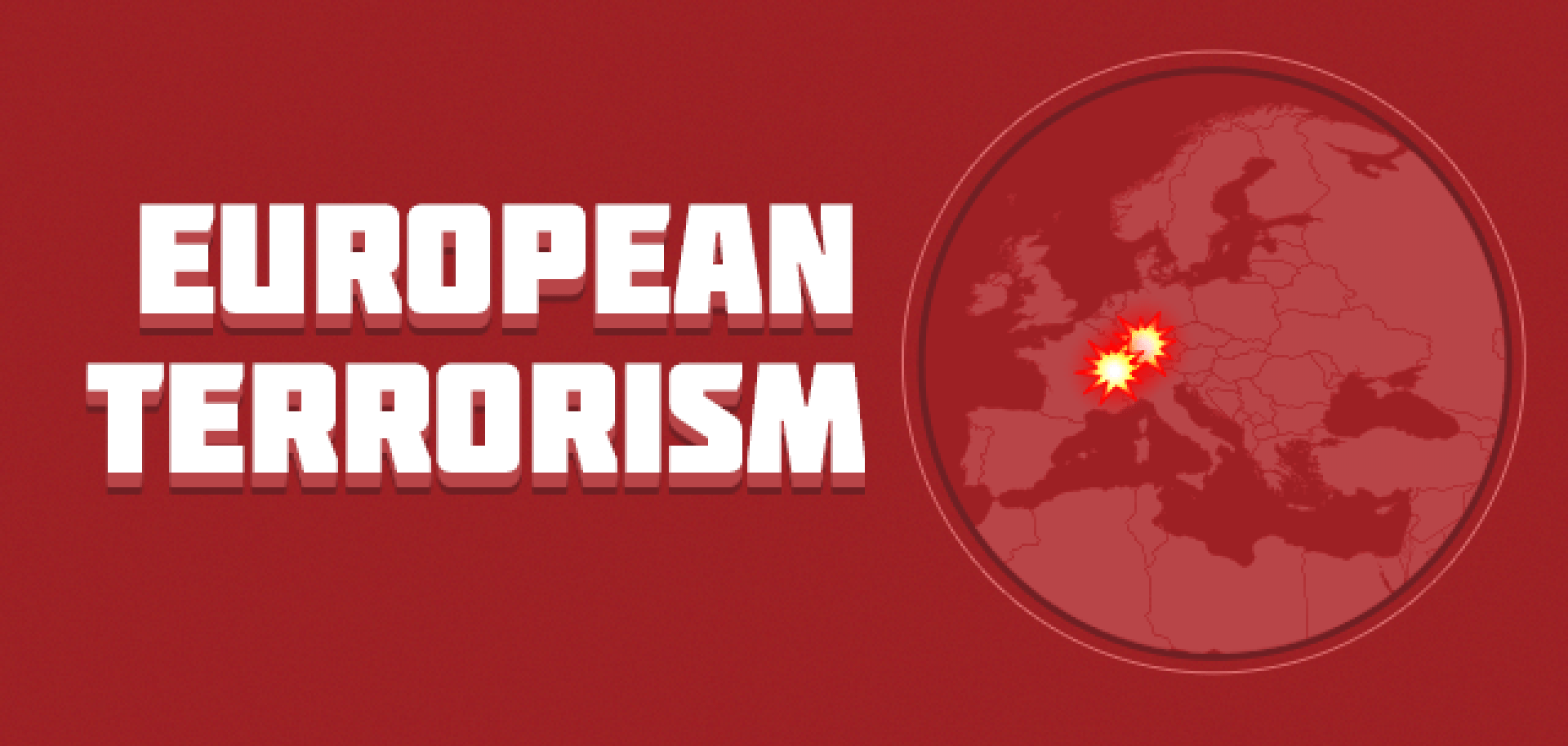ASSESSMENTS
Europe's Evolving Terrorist Landscape
Feb 3, 2014 | 11:15 GMT

Summary
Throughout the Cold War, state-sponsored terrorism was a Marxist-Leninist/Maoist phenomenon that spanned the globe. In Europe, the Soviets and their allies trained and equipped left-wing terrorist groups such as the Red Brigades in Italy, the Irish Republican Army and the Red Army Faction in Germany to carry out bombings, kidnappings and targeted assassinations to undermine their opponents in the West.
Such groups were dealt a serious blow in 1991, when the Soviet Union collapsed. In the following years, logistical support, funding and advice from the Soviets, as well as the Marxist ideology that inspired leftist militants, withered away. The radical impulse in Europe that began with student protests in the late 1960s eventually moved toward other issues, such as environmentalism and anti-globalization, thus creating a complex mix of overlapping ideologies.
Further hindered by other developments such as German reunification, the Good Friday Agreement in Northern Ireland and the United States' post-9/11 war against militant Islam, European extremists are seeking other causes, of which there is no shortage. The most pressing catalysts for terrorism include Europe's ongoing economic problems, lenient immigration laws and changing demographics, including a growing population of disaffected young Muslims vulnerable to radicalization.
Subscribe Now
SubscribeAlready have an account?
